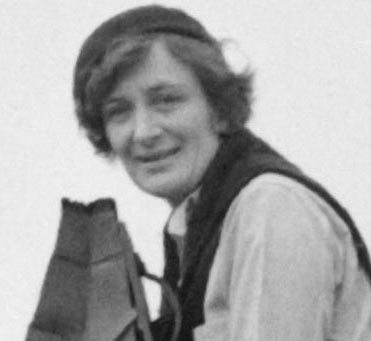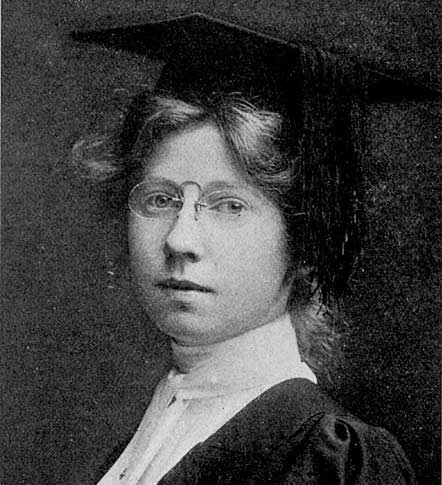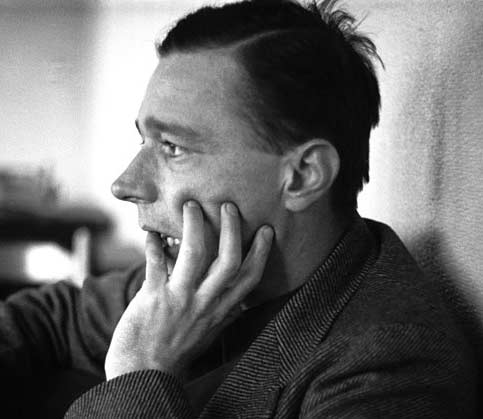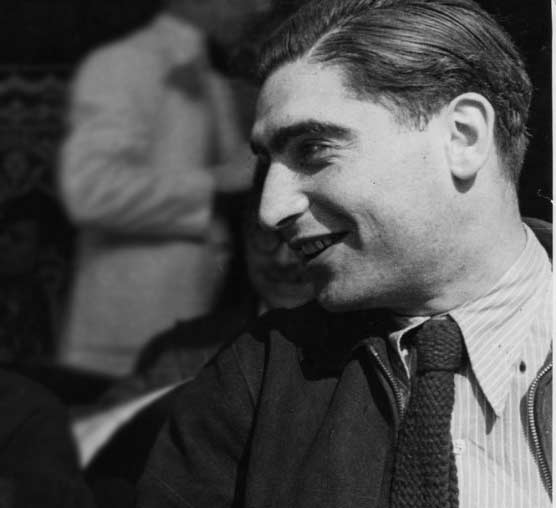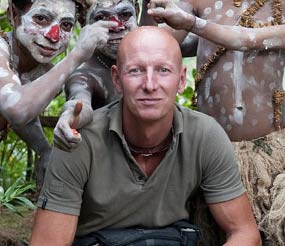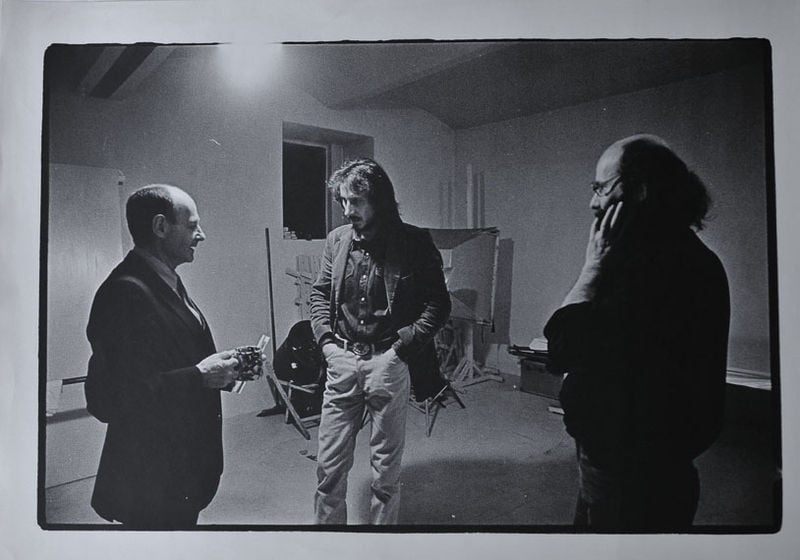| Name | Dorothea Lange |
| Born | May 26, 1895, Hoboken, New Jersey, U.S. |
| Died | October 11, 1965 (aged 70), San Francisco, California, U.S. |
| Occupation | Documentary photographer, photojournalist |
| Notable Work | 1936 photograph of Florence Owens Thompson, Migrant Mother |
| Spouses | Maynard Dixon (m. 1920; div. 1935), Paul Schuster Taylor (m. 1935) |
| Children | 2 |
| Awards | California Hall of Fame |
| Early Life | Contracted polio at age 7, left with a permanent limp, father abandoned family, moved to poorer neighborhood in NYC |
| Career | Graduated from Wadleigh High School for Girls, studied photography at Columbia University, apprenticed with Clarence H. White and Arnold Genthe |
